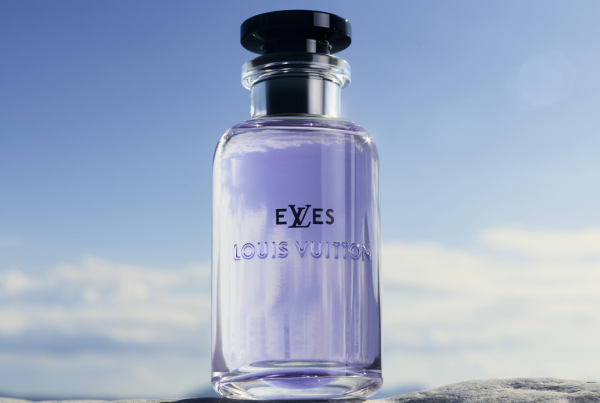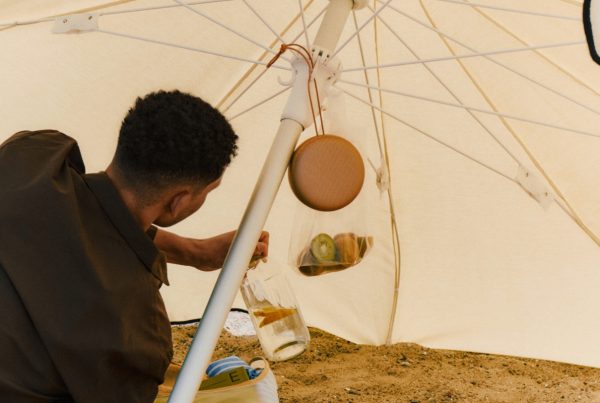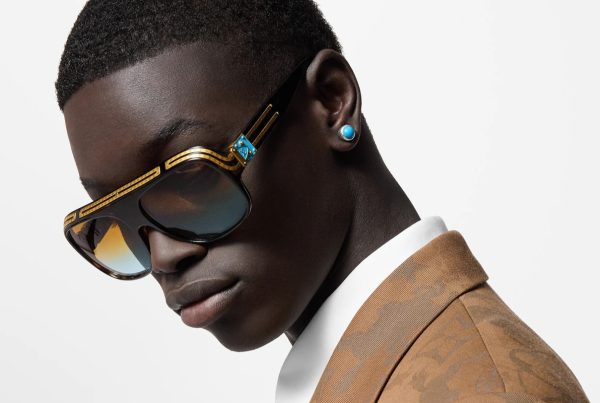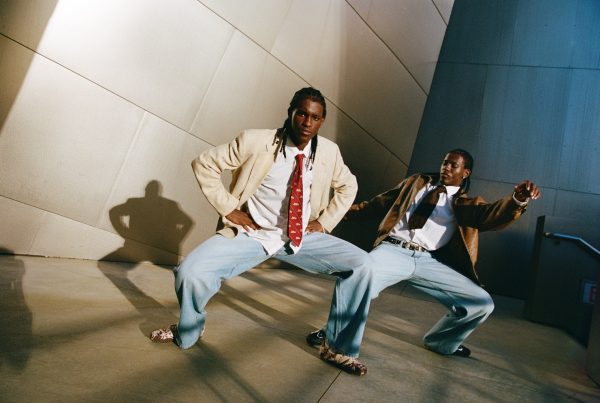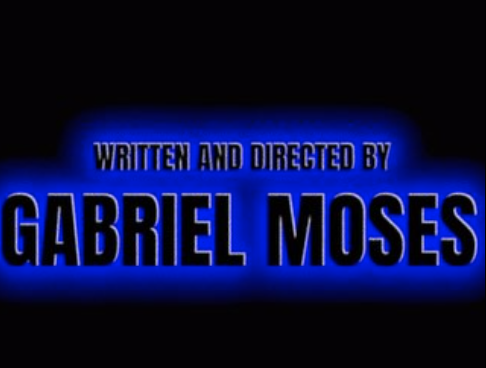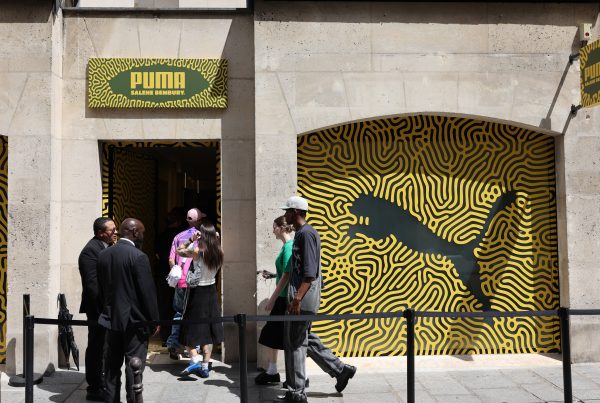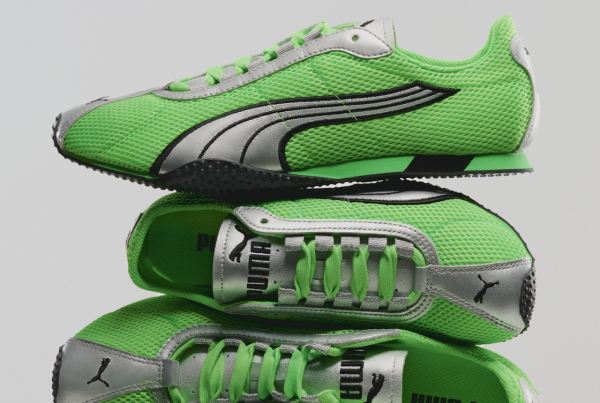The Fashion East scheme, which champions young emerging designers, showcased a collection of 5 different designers at London Collections: Men this year. It is an accompanying show to the MAN show that we covered earlier, with alumni such as Astrid Anderson and Agi & Sam. This year’s collection was very exciting. For their show, they had a uniquely interactive experience where the guests could interact with the models and clothes – emphasising the environment within which the collection was as well as the clothes themselves – all in all helping portray the aesthetic. The collections were each like individual intricate art installations.
Our two favourites were the following:
First was Alan Crocetti, whose collection distinctly had a lot of attitude. There was very much a street fighter/boxer chic – apparently ‘inspired by the wreck less’ – a group of people who break and fix themselves. Crocetti has also apparently taken inspiration from the classic film, Fight Club, for this collection. He introduced an array of innovative accessories such as a silver plate you wear on your nose where you would normally wear a nose-cast after breaking your nose or something similar. 



Second was Edward Crutchley, whose collection was an amalgamation of East and West. His choice of print and pattern were excellent – the collection was entirely based off what seemed like Asian and African prints, most notably the Ikat print. He managed to tie these heritage and traditional prints with the most modern and progressive street wear – tunics, shorts, leggings, flatcaps, hoodies etc. The way that he juxtaposed progressive contemporary fashion with ancient prints was excellent. At PAUSE we loved this collection.
The Fashion East scheme, which champions young emerging designers, showcased a collection of 5 different designers at London Collections: Men this year. It is an accompanying show to the MAN show that we covered earlier, with alumni such as Astrid Anderson and Agi & Sam. This year’s collection was very exciting. For their show, they had a uniquely interactive experience where the guests could interact with the models and clothes – emphasising the environment within which the collection was as well as the clothes themselves – all in all helping portray the aesthetic. The collections were each like individual intricate art installations.
Our two favourites were the following:
First was Alan Crocetti, whose collection distinctly had a lot of attitude. There was very much a street fighter/boxer chic – apparently ‘inspired by the wreck less’ – a group of people who break and fix themselves. Crocetti has also apparently taken inspiration from the classic film, Fight Club, for this collection. He introduced an array of innovative accessories such as a silver plate you wear on your nose where you would normally wear a nose-cast after breaking your nose or something similar. 



Second was Edward Crutchley, whose collection was an amalgamation of East and West. His choice of print and pattern were excellent – the collection was entirely based off what seemed like Asian and African prints, most notably the Ikat print. He managed to tie these heritage and traditional prints with the most modern and progressive street wear – tunics, shorts, leggings, flatcaps, hoodies etc. The way that he juxtaposed progressive contemporary fashion with ancient prints was excellent. At PAUSE we loved this collection.
Probably one of the most talked about shows at London Collections: Men this week was the SANKUANZ SS15 Collection.

SANKUANZ, which was presented by GQ China, started off with a limited colour palette: all-white looks with black graphic doodles on the garments. The fact that the models all wore colourful LED flashing grills seemed to add a bit of colour to the collection however.
The collection showed elements of street wear, for instance the basketball-style below-the-knee shorts and the mesh t-shirts. The designer, Shangguan Zhe also incorporated elements from his Chinese roots, included large manga eyes printed not only on the garments, but also painted on the faces of the models.
Zhe, for whom this was his first international show, named armour, youth culture and street riots as a basis for the show. The Chinese designer also took inspiration from 1940s Russian prisoner tattoos, including anchors, candles, daggers and barbed wire.
And finally, we can’t forget the massive, giant monster claws that models wore on their hands and the crying anime-face masks. Although they tended to distract from the garments, they added a pop of colour and definitely made this show one to remember.
Words: Ernela Vukaj


































